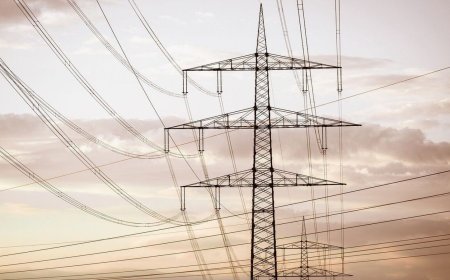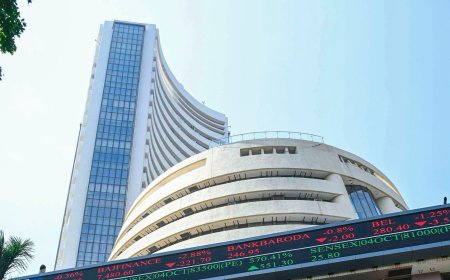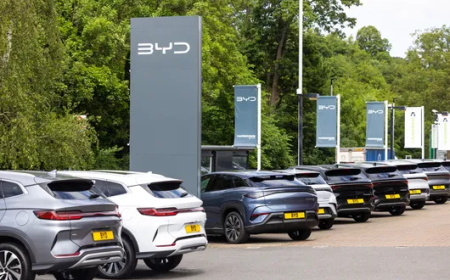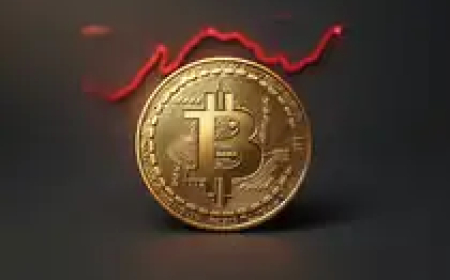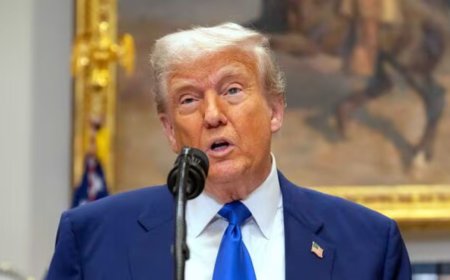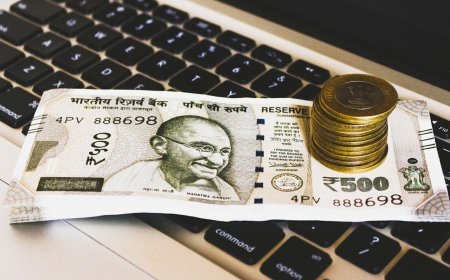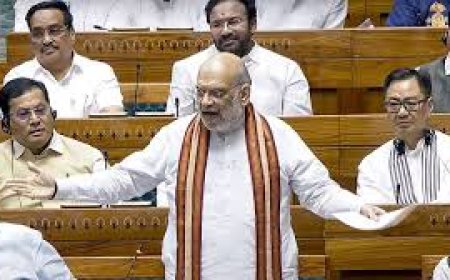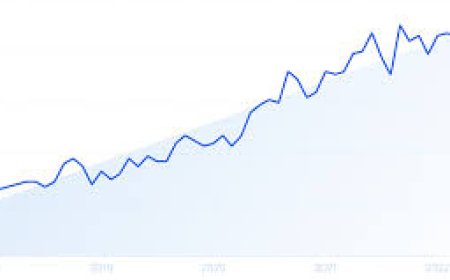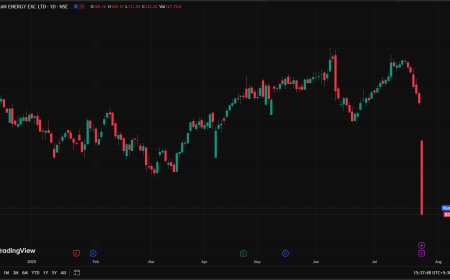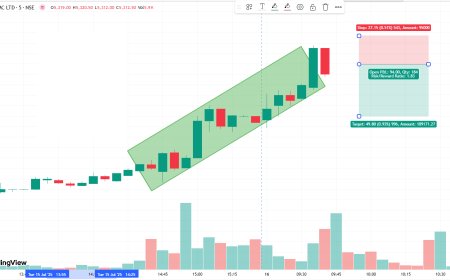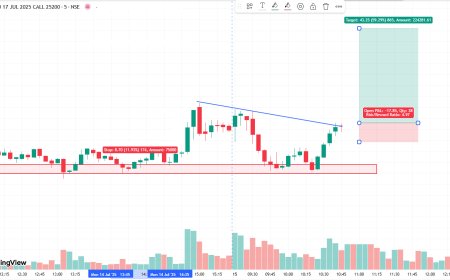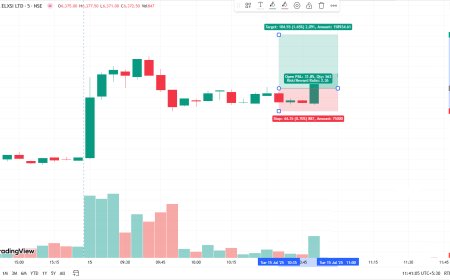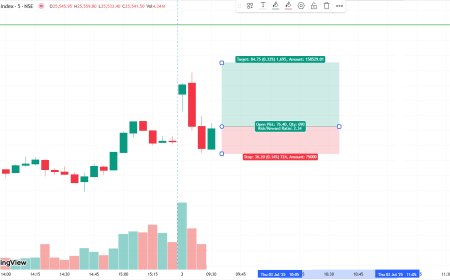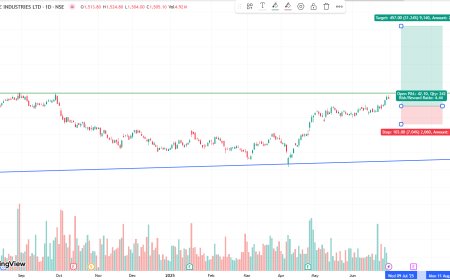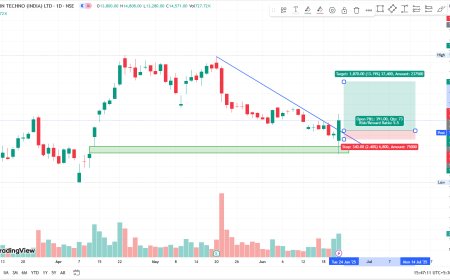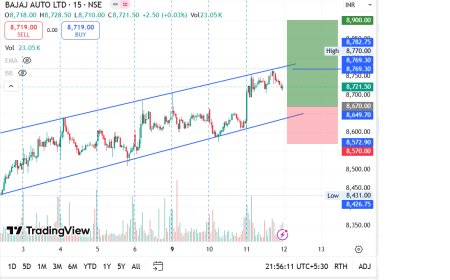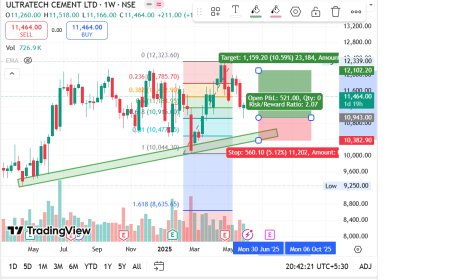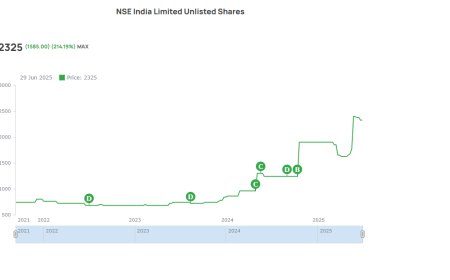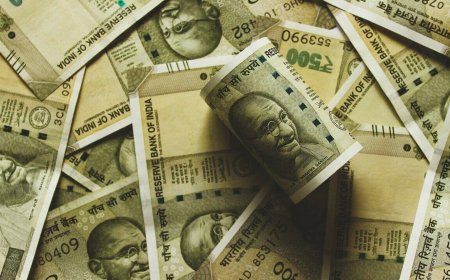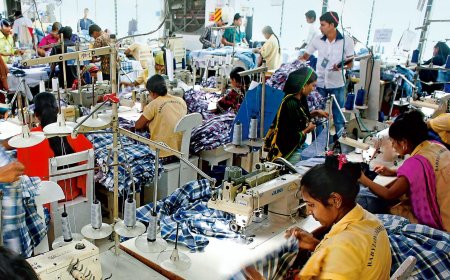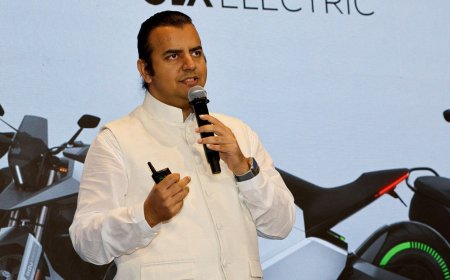Trump Claims India Willing to Cut ‘100% of Tariffs’ for United States: What It Means for Bilateral Trade
Donald Trump claims India is ready to eliminate 100% of tariffs on U.S. goods, reigniting trade optimism. Explore the strategic context, policy implications, and potential outcomes of this assertion.
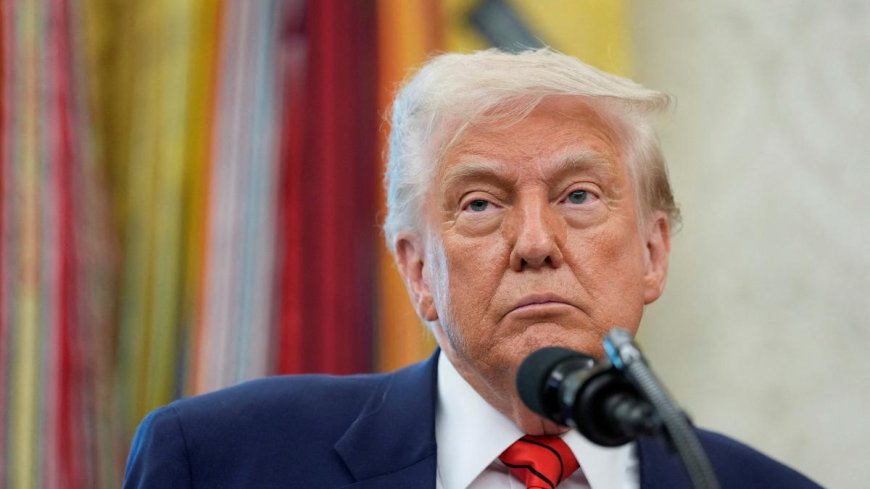
Trump Claims India Willing to Cut ‘100% of Tariffs for United States’: Signal of Reset or Just Rhetoric?
Introduction: A Bold Trade Claim from Trump’s Campaign Trail
Former U.S. President and Republican frontrunner for the 2024 elections, Donald J. Trump, has once again stirred global diplomatic circles by claiming that India is willing to cut “100% of tariffs” on American goods. Speaking at a campaign rally in Michigan, Trump framed the statement as evidence of his hardline negotiation skills and the "respect" he commands from world leaders, particularly Indian Prime Minister Narendra Modi.
But this declaration, like many before it, has raised a whirlwind of questions: Is India truly ready to go zero on tariffs for the U.S.? What are the underlying strategic interests? And could this mark a turning point in the complex, often cautious, U.S.-India trade relationship?
Let’s decode the rhetoric, examine the facts, and analyze the implications of Trump’s explosive trade assertion.
Context: The History of US-India Tariff Friction
Tariffs have long been a bone of contention between Washington and New Delhi. India is known for high import duties, particularly on items like motorcycles, medical devices, wine, and agriculture products. This has historically irked U.S. administrations, especially under Trump’s first term.
In fact, it was during his presidency that the U.S. revoked India’s Generalized System of Preferences (GSP) in 2019—a scheme that gave Indian exports duty-free access to the American market. Trump accused India of unfair trade practices and threatened retaliatory tariffs on Indian goods, including steel and aluminum.
Despite multiple rounds of negotiations, a comprehensive trade deal remained elusive. So, Trump’s current claim seems like a reversal of tone—possibly suggesting a new equation with the Modi government or merely leveraging geopolitical optics.
Breaking Down the Statement: What Did Trump Say Exactly?
Speaking at the Grand Rapids event, Trump said:
“Prime Minister Modi called me. He said, ‘Mr. President, we are willing to cut 100% of tariffs for the United States if you’re back in the White House.’ That’s what strong leadership does.”
While there is no official confirmation from the Indian Ministry of External Affairs or the U.S. Trade Representative’s Office, the remark has been widely reported across global financial and political news networks. India has neither confirmed nor denied the claim publicly.
India’s Tariff Policy: Can It Go to Zero for the U.S.?
India’s current tariff structure is strategically calibrated, not arbitrary. As a developing nation with millions employed in agriculture, manufacturing, and small-scale industries, it uses tariffs as tools of protection and negotiation. Here’s why a 100% cut would be an extraordinary move:
What India Could Offer (Possibly):
-
Lower tariffs on U.S. medical devices, almonds, apples, and Harley-Davidsons.
-
Eased norms for financial services, digital goods, and defense equipment.
-
Selective reductions on electronics and capital goods.
What Is Unlikely:
-
Zero tariffs across the board—especially for sensitive sectors like dairy, agriculture, and wine.
-
Unilateral concessions without reciprocal U.S. benefits—particularly in immigration and IT services.
In essence, even if some tariffs are slashed, a 100% tariff elimination across sectors is implausible without a broader trade agreement or FTA.
Why Would India Consider Tariff Concessions Now? Strategic Signals
The claim, whether exaggerated or not, is not without strategic context. India may be recalibrating trade ties in view of:
-
Growing tensions with China: India sees the U.S. as a counterbalance in the Indo-Pacific.
-
Push for supply chain diversification: Lower tariffs on U.S. capital goods and semiconductors could aid India’s manufacturing ambitions.
-
Geopolitical realignment: A proactive U.S.-India partnership could define 21st-century geopolitics.
Still, India is unlikely to abandon its “calibrated trade liberalization” doctrine—a stance based on its domestic political economy.
Impact on Indian Sectors: Winners and Losers
| Sector | Potential Impact of Tariff Reduction | Stakeholders Affected |
|---|---|---|
| Medical Devices | Cheaper imports, better technology | Indian manufacturers wary |
| Agriculture | Risk of American competition | Farmers, cooperatives |
| Automobiles | May see more Harley-Davidsons | Local bike firms affected |
| Technology Imports | Could benefit Indian start-ups | Indian electronics players |
| Textiles & Leather | May struggle with price competition | Exporters vulnerable |
Geopolitical Optics: Trade as a Diplomatic Weapon
Trump’s statement, while bold, also serves as a signal to China and Europe that U.S. allies like India are willing to align more closely with Washington. If true, it could serve several geopolitical ends:
-
Reinforce QUAD dynamics (India-U.S.-Japan-Australia).
-
Increase economic interdependence between India and the U.S.
-
Undermine China’s Belt and Road strategy in South Asia.
However, many experts argue that Trump’s statement may be overstating India’s position for political leverage, especially with U.S. elections approaching.
Expert Views on the Claim
“There is no policy document or official briefing to validate Trump’s claim. India reducing 100% of tariffs would be suicidal for many sectors unless part of a comprehensive FTA,”
— Anirudh Deb, Trade Economist, ICRIER
“This is typical Trumpian negotiation style—project strength, assume results, and push narratives. But it’s also true that India and the U.S. have more reason than ever to align economically,”
— Aparna Sharma, Strategic Affairs Analyst
The Road Ahead: What to Watch For
In the coming weeks, expect close scrutiny on:
-
Official statements from MEA or USTR on the claim’s validity.
-
Policy announcements in India’s next Budget session.
-
Movement in specific trade sectors like medical devices, agriculture, and semiconductors.
-
Comments from PM Modi or Commerce Minister Piyush Goyal.
If India does issue any trade-related notifications aligning with Trump's assertion, it would mark a historic reset in the global trade order.
Strategic Negotiation or Strategic Fiction?
Trump’s assertion that India is willing to cut 100% of tariffs for the United States is audacious, provocative, and possibly exaggerated. Yet, it does reflect the growing warmth in U.S.-India ties, shaped by mutual interests in security, trade, and technology.
While an across-the-board tariff elimination is highly unlikely, we may well see selective liberalization—especially in strategic sectors—if either country sees long-term value. Until then, Trump’s claim remains a potent blend of campaign rhetoric and global strategy, capturing the complicated dance between reality and aspiration that defines modern geopolitics.
What's Your Reaction?
 Like
0
Like
0
 Dislike
0
Dislike
0
 Love
0
Love
0
 Funny
0
Funny
0
 Angry
0
Angry
0
 Sad
0
Sad
0
 Wow
0
Wow
0


